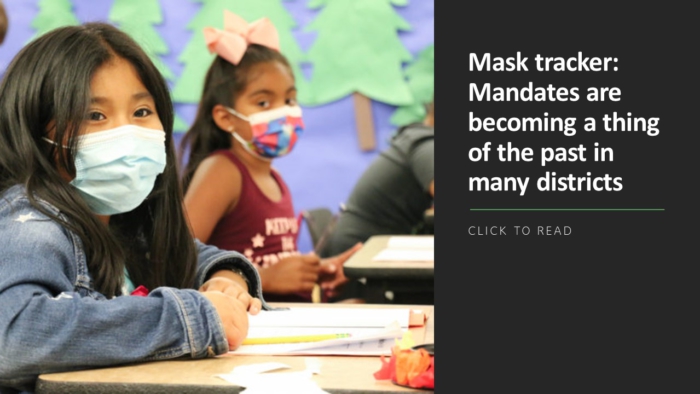Do a lot of students in your schools care about state-level education policy? Well, there is a group of teens in Kentucky who care quite a lot and are no longer shy about getting involved.
“I’ve learned to ‘invite myself in’ to issues and projects I’m interested in, and not to sit by when there is something happening that I feel I should be a part of,” says Emma Nesmith, an 18-year-old senior at Danville High School and a member of the Kentucky Student Voice Team. “KSVT has equipped me with the knowledge and confidence to be able to advocate for myself and other students when there is something in my school that needs to be addressed, and not to simmer silently in my own frustration and feelings of helplessness.”
The organization, which operates independently of any school district, was formed by a group of high schoolers in 2012 to get students more involved in the making of state-level education policy and in shaping school climate and culture. The group, essentially, acts as lobbyists for students, pressing Kentucky’s legislators to take action on everything from school safety to college affordability. The members do original reporting through their online news outlet, the “Student Voice Forum,” and a podcast called “Get Schooled.”
“It’s also almost unbelievable that I’m a high schooler who’s already been able to conduct research and engage with community efforts to evaluate schools, especially since a lot of the decisions are often made by adults,” says Esha Bajwa, an 18-year-old senior and team member from Fern Creek High School in Louisville. “Our team is fighting in opposition of this notion by allowing youth to lead this work.”
The team’s activities, which include an Educational Justice Writing Workshop, create supportive and inclusive spaces where students can share their stories without feeling like they have to hide their negative experiences, says Bajwa, who is now researching the impacts of COVID and contributes to the team’s podcast. “The research teams have been analyzing the data that they’ve collected in order to write reports to disseminate the information to the public, which has definitely grabbed the attention of Kentucky stakeholders and other people in power,” Bajwa says.

A goal for the coming months is to get students more involved in local school improvement efforts, says Rachel Belin, the managing partner of the Kentucky Student Voice Team. “Students are the primary stakeholders,” Belin says. “We want to design a system that supports student agency and we want students to be self-directed lifelong learners. Why wait for them to become adults to start that work?”
Most recently, the team released “Race to Learn,” a set of recommendations and reflections from its own survey on race, ethnicity, and school climate. Nearly half of the students polled said racism is a prevalent issue that their schools must do more to confront. Also, about 30% of students of color said that their race or ethnicity impacts their education—both positively and negatively. Almost half of the students of color surveyed reported that their racial or ethnic group is rarely or never represented in textbooks, posters, or other materials.
More from DA: More evidence that confidence in K-12 schools is slipping, this time over race
Among the report’s recommendations are that teachers set a zero-tolerance policy for racial slurs and to not segregate teaching the history of underrepresented groups to a single period of time, such as Black History Month. Administrators, meanwhile, can do more to encourage students of color to express their concerns about school climate and facilitate conversations around race, racism, and other difficult topics.
And students should inform themselves about these topics if they are not being taught in school, the report says. “What had been bubbling up in school climate audits is that race is an issue that students were talking about and it was not being addressed in schools across the state,” Belin says. “And, the legislature was having conversations about what students should be allowed to discuss related to the history and legacy of racism.”
Nesmith says her teachers have been the most receptive among all the adults in school to incorporating student feedback. Administrators, lawmakers and other officials have been more reluctant to accept the group’s messages. They are only willing to give students “symbolic power,” Nesmith says.
Indeed, high school teachers and leaders reported in a national survey that while student voice had high value in their schools, it had little influence, according to the RAND Corporation, a research firm and think tank. Nesmith has grappled with this gap herself.
“In my personal experience, the higher you go in the education decision-making hierarchy, the less open decision-makers are to incorporating student voice in a legitimate and not tokenizing way,” she says. “I find this interesting because the people who have the most decision-making power are often the most removed from the actual school setting, and so you’d think that they would want input from students who are highly invested in their education system.”



